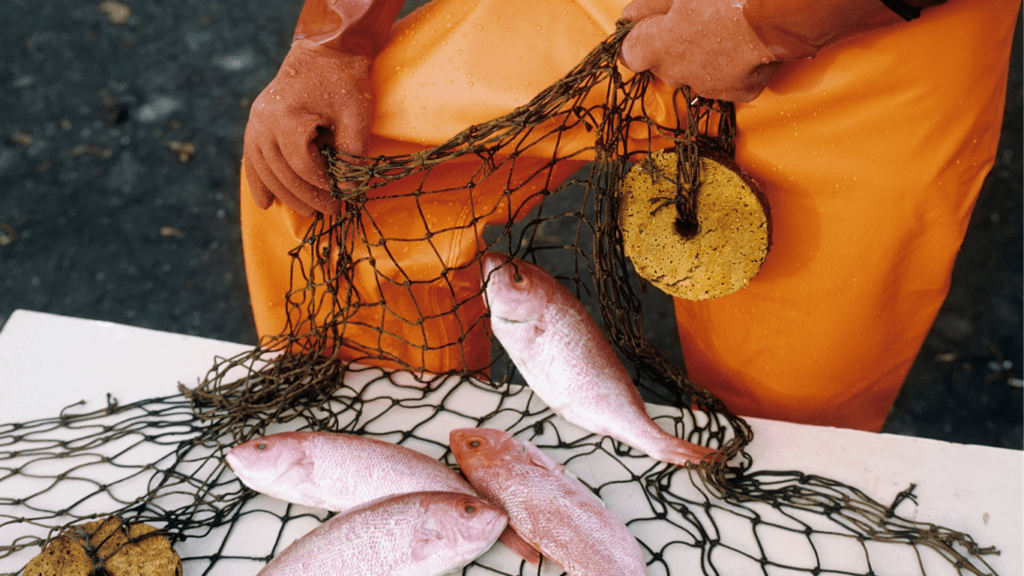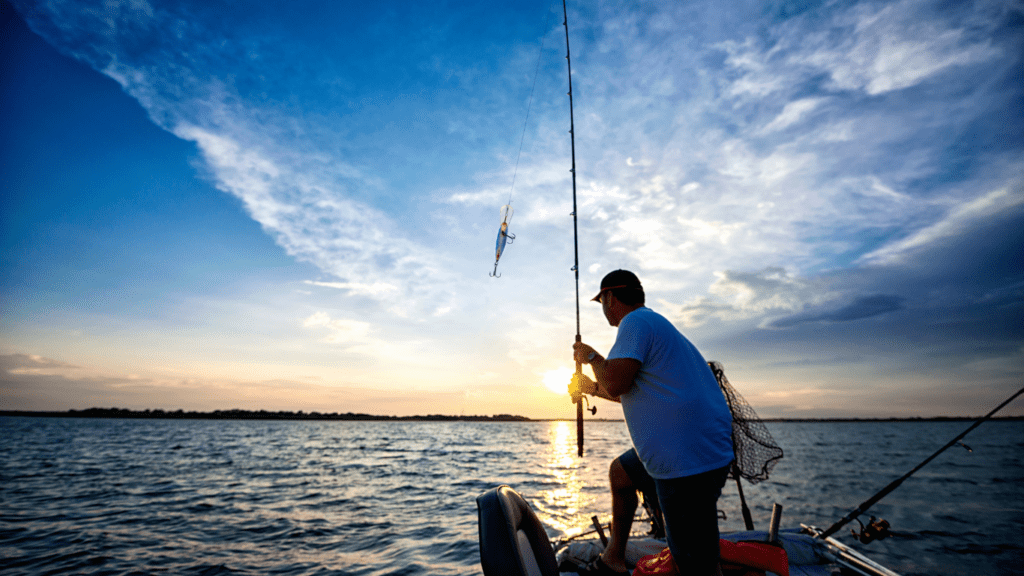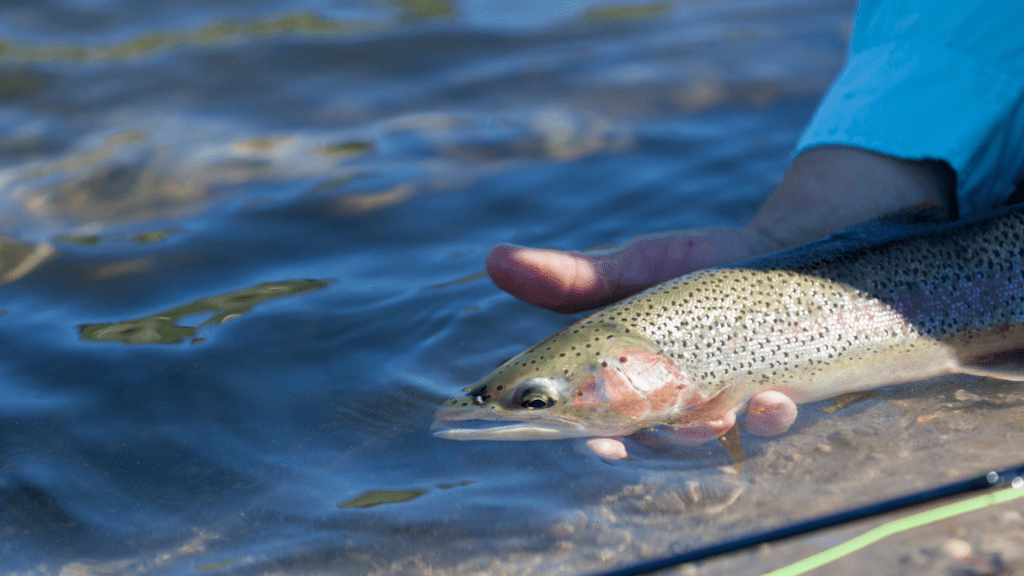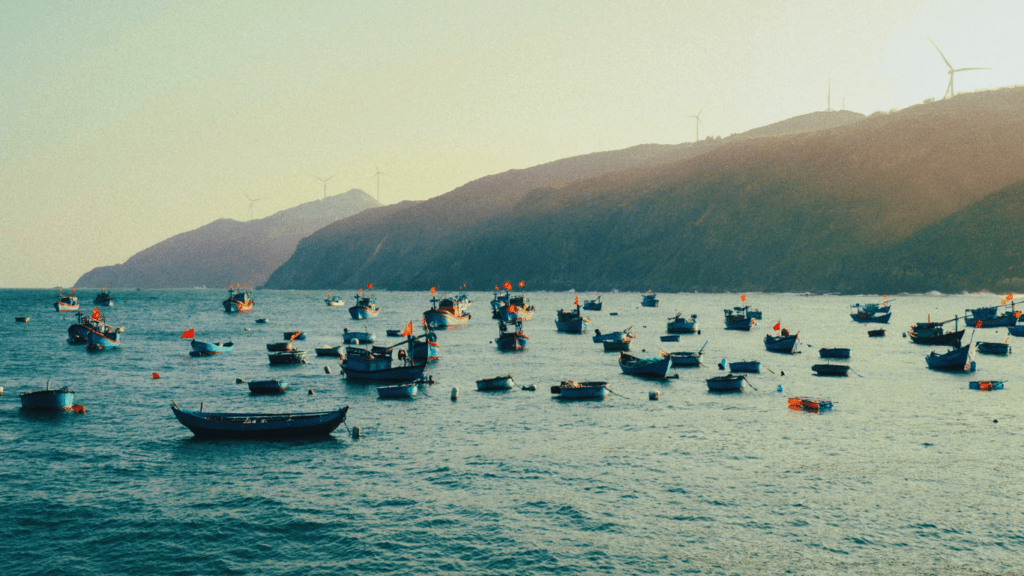Understanding Ethical Fishing
Ethical fishing respects aquatic ecosystems while preserving the sport’s enjoyment. It involves sustainable practices that minimize harm to fish populations and their environments.
What Is Ethical Fishing?
Ethical fishing combines environmental responsibility with recreational fishing. This approach includes using equipment designed to reduce harm, following catch-and-release guidelines, and abiding by legal restrictions like size and bag limits. Ethical anglers prioritize sustainable practices, ensuring that their actions don’t deplete fish stocks or disrupt aquatic habitats.
For example, using barbless hooks prevents excessive injury to fish during catch-and-release. Additionally, avoiding prohibited zones protects breeding grounds essential for maintaining fish populations. By choosing non-toxic tackle, such as lead-free sinkers, anglers prevent water contamination that can harm aquatic ecosystems.
Importance of Ethical Practices in Fishing
- Sustainable fishing methods play a critical role in maintaining biodiversity.
- Overfishing, habitat destruction, and pollution drastically reduce fish populations, impacting entire ecosystems.
- Ethical practices mitigate these effects by allowing fish to reproduce and thrive.
- Respect for regulations, such as seasonal closures, prevents interference with breeding cycles.
- Thoughtful actions like properly disposing of line and tackle avoid accidental entanglement of wildlife.
- When anglers prioritize ecological health, they ensure fishing remains an enjoyable activity for both present and future generations.
Principles of Ethical Fishing
Ethical fishing supports aquatic ecosystems while ensuring the sport’s sustainability. Following core principles helps anglers balance enjoyment with environmental responsibility.
Catch and Release Practices
Using proper techniques during catch and release reduces stress and injury to fish. I use barbless hooks to make releasing fish faster and safer. Wetting my hands before handling fish prevents damage to their protective slime coating. Supporting the fish horizontally during release avoids spinal injuries. Returning fish to the water quickly and gently ensures higher survival rates.
Minimizing Environmental Impact
Reducing harm to aquatic habitats is essential for ethical fishing. I collect and properly dispose of all fishing line, hooks, and trash to prevent pollution. Using lead-free tackle eliminates the risk of toxic contamination to wildlife and water. Avoiding damage to vegetation and fragile habitats while wading protects aquatic ecosystems from erosion and degradation.
Respecting Fishing Regulations
Adhering to local regulations preserves fish populations and their environments. I check fishing licenses and abide by catch limits defined by conservation authorities. Avoiding restricted zones and protected areas safeguards sensitive habitats and breeding grounds. Learning about endangered species in the area helps prevent unintentional harm while fishing.
Tools and Gear for Ethical Fishing

Choosing the right tools and gear contributes significantly to practicing ethical fishing. By focusing on eco-friendly equipment and proper maintenance, I ensure that my actions align with protecting aquatic ecosystems.
Selecting Eco-Friendly Equipment
Using sustainable fishing equipment reduces harm to aquatic life and their habitats. I prioritize gear made from biodegradable or non-toxic materials, like lead-free tackle. Replacing traditional lead sinkers with alternatives, such as tin or tungsten, helps prevent water contamination. I also select barbless hooks to minimize injury during catch-and-release fishing. Using fishing lines designed to biodegrade over time ensures that any lost gear doesn’t persist in aquatic environments. Additionally, I purchase reusable and durable gear to limit waste from frequently replacing equipment.
Maintaining and Properly Using Gear
Maintaining my fishing gear boosts its lifespan and lowers environmental impact. I clean and store my equipment properly after every use to prevent introducing invasive species through transported water or debris. Keeping hooks sharp and replacing damaged lines reduces the risk of leaving debris behind. When fishing, I use appropriate line strength to prevent breakage, ensuring I minimize the chance of gear being left in the water. Regularly inspecting my tools ensures they’re functional and safe, helping me avoid accidents that could harm the environment or aquatic life.
Sustainable Fishing Locations
Choosing the right fishing spots is essential for practicing ethical fishing. By prioritizing sustainability, I can enjoy the sport while supporting the preservation of aquatic ecosystems.
Identifying Responsible Fishing Spots
I look for locations that actively promote sustainable fishing practices. Government-managed fisheries, marine protected areas (MPAs), and catch-and-release zones often have regulations that safeguard fish populations and their habitats. Using resources like state fishing websites or conservation organizations helps me identify areas committed to ecological management.
I also consider ecosystems known for rich biodiversity and robust fish stocks, such as:
- certain rivers
- lakes
- coastal zones
provided they’re responsibly monitored. Locations with clear guidelines on fishing methods, seasonal closures, and species protection ensure I can fish responsibly without harming the environment.
Avoiding Overfished Areas
I avoid locations where fish populations show signs of decline due to overfishing. Data from local fishing authorities or environmental reports help me identify areas where excessive angling stress has impacted ecological balance. Overfished regions often disrupt aquatic food chains and harm biodiversity.
Instead, I focus on areas with sustainable fish stock levels or those participating in restoration programs. Favoring less-frequented locations and respecting seasonal closures minimizes my contribution to harmful fishing pressures, ensuring the recovery of vulnerable fish species and habitats.





